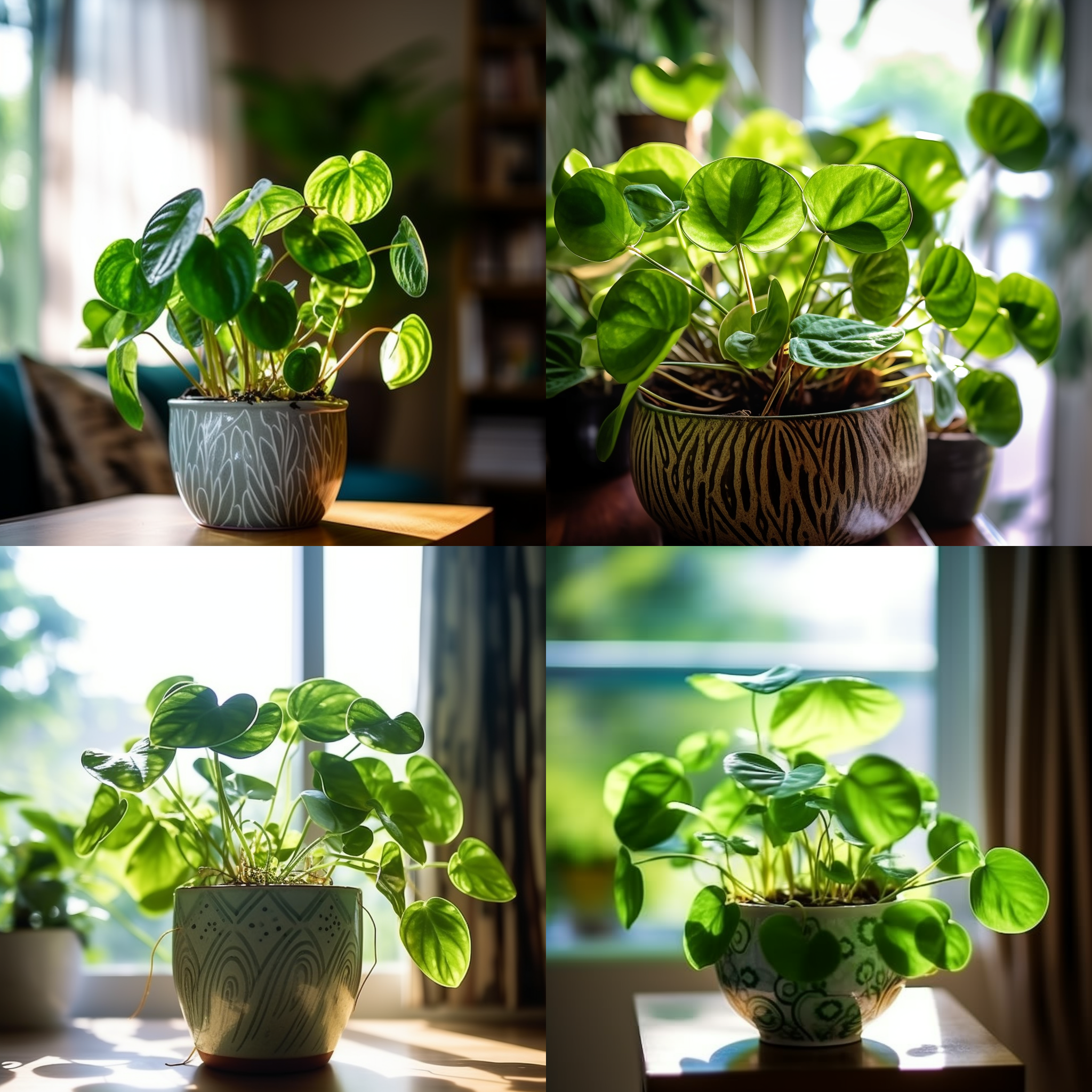Story of Day :
Contents
Chinese Money Plant – A Complete Guide and Care Tips
Introduction
If you are a plant enthusiast, chances are that you may have heard of the Chinese money plant. It is a popular houseplant that has gained immense popularity in recent years because of its unique foliage and easy-care requirements. In this article, we will provide you with all the information you need to know about Chinese money plants – from their origin to care tips.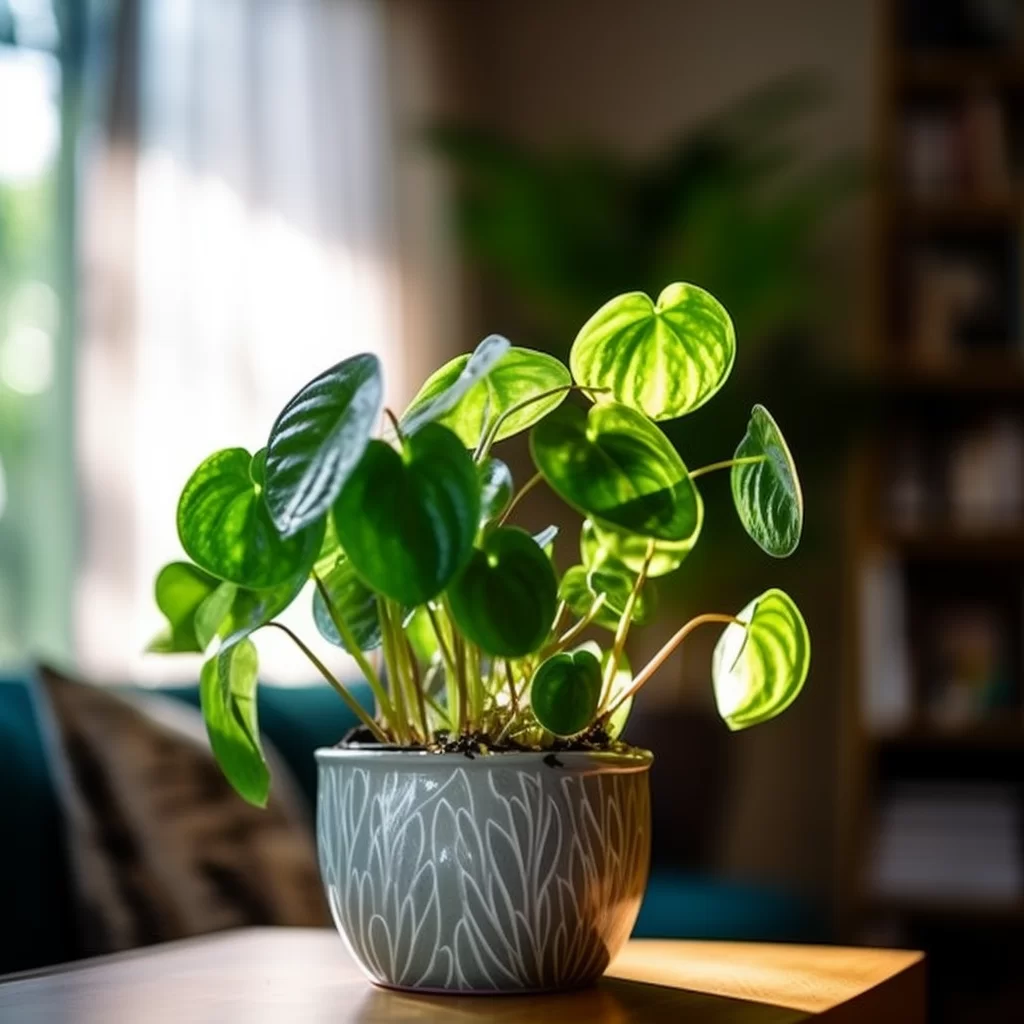
Origin and History
The Chinese money plant (Pilea Peperomioides) is native to southwest China’s Yunnan Province. It was discovered by Norwegian missionary Agnar Espegren in 1945 during his travels in China. He brought back some cuttings of the plant with him to Norway and shared them with his friends and family members.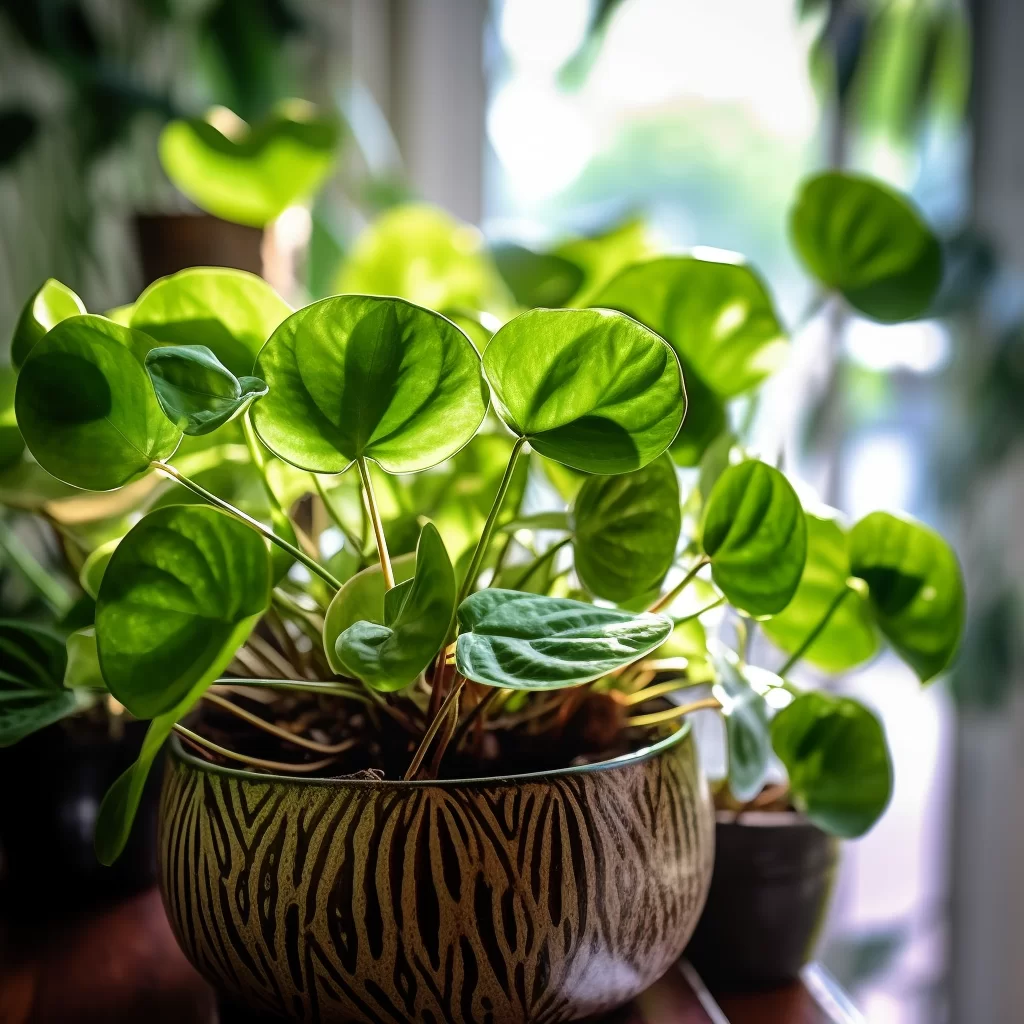 Since then, the Chinese money plant has spread across Europe and North America, gaining fame as an easy-to-grow houseplant.
Since then, the Chinese money plant has spread across Europe and North America, gaining fame as an easy-to-grow houseplant.
Description and Characteristics
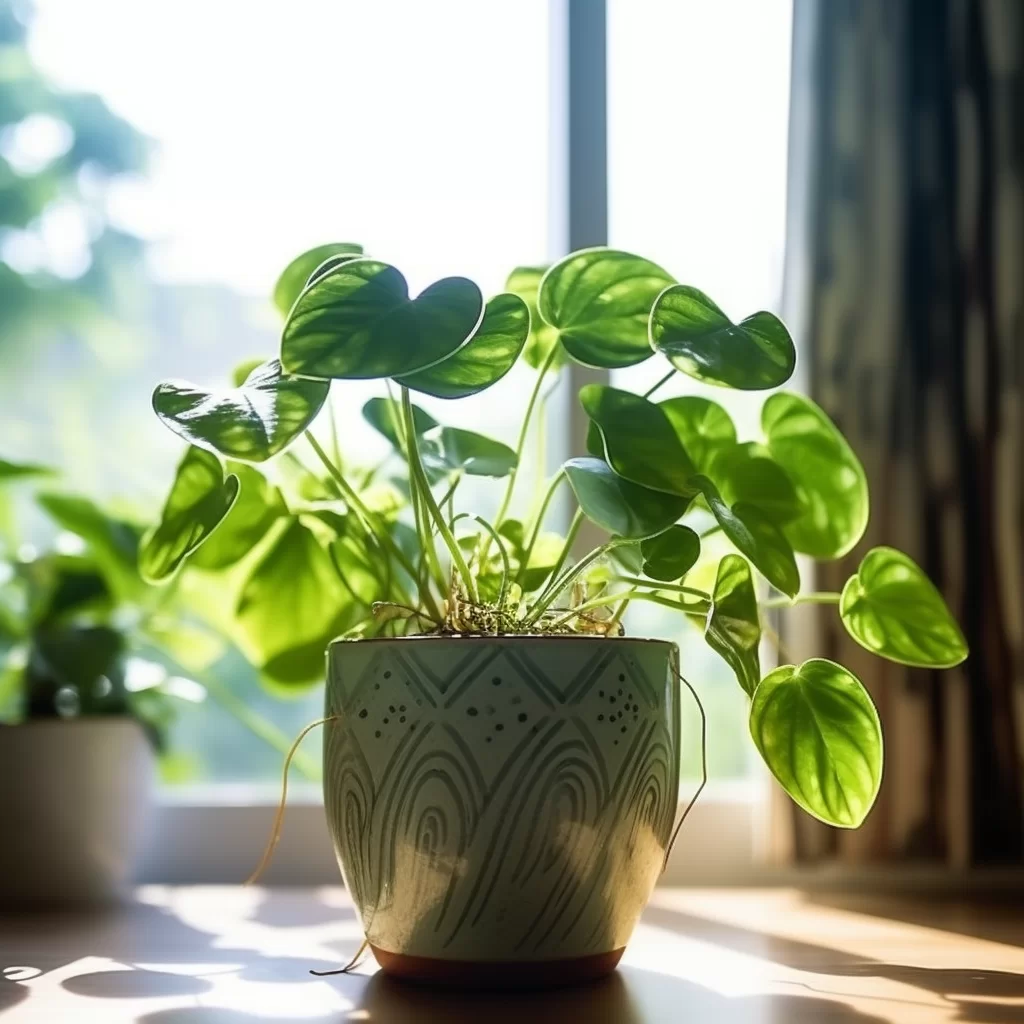 The Chinese money plant is known for its round coin-shaped leaves that grow on long petioles from a central stem or crown. Its leaves can grow up to 4 inches wide, making it an attractive addition to any indoor space.This tropical perennial prefers indirect bright sunlight but can adapt well to low light conditions. It grows best in temperatures between 60-75°F (15-24°C), making it ideal for most indoor environments.
The Chinese money plant is known for its round coin-shaped leaves that grow on long petioles from a central stem or crown. Its leaves can grow up to 4 inches wide, making it an attractive addition to any indoor space.This tropical perennial prefers indirect bright sunlight but can adapt well to low light conditions. It grows best in temperatures between 60-75°F (15-24°C), making it ideal for most indoor environments.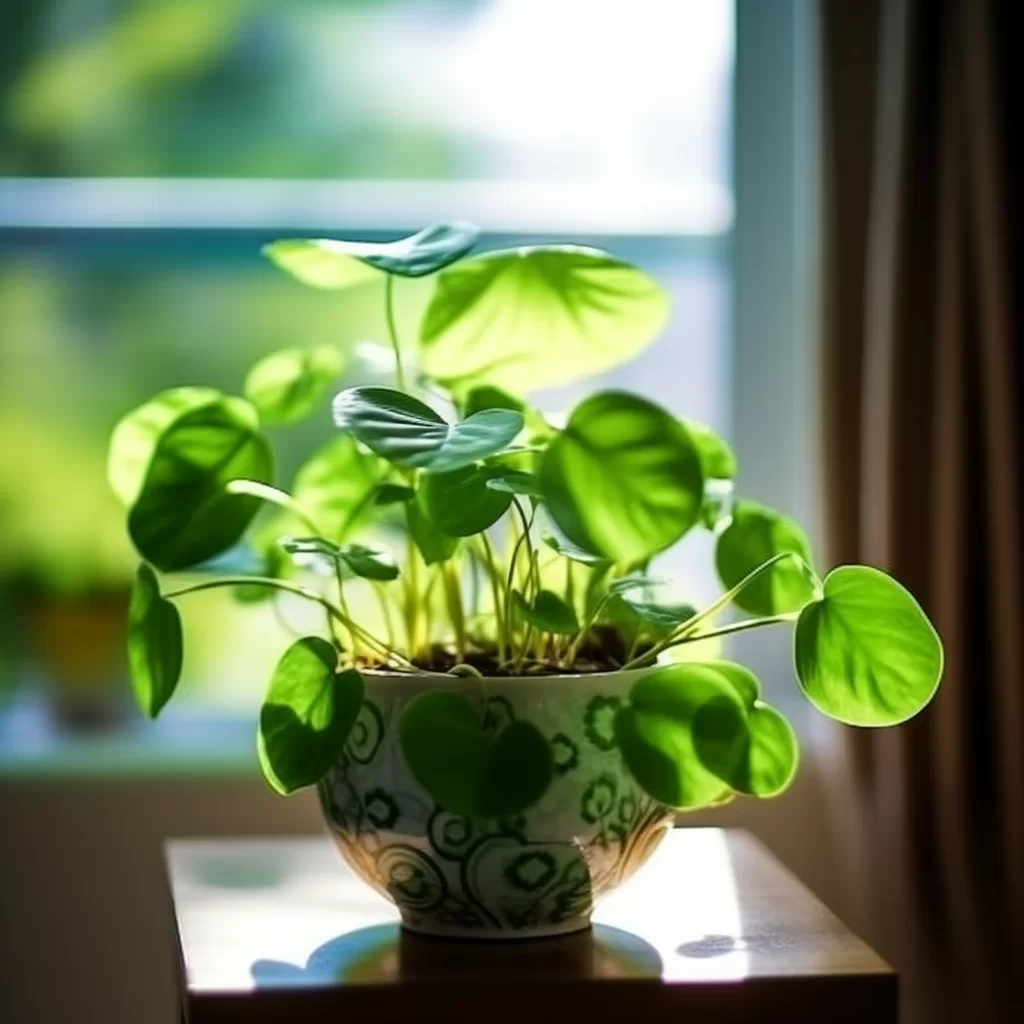 One interesting characteristic of the Chinese money plant is how it propagates itself through “pups” or small offshoots at the base of its stem. These pups can be easily removed from the mother plant once they reach about two inches tall – giving gardeners more plants!
One interesting characteristic of the Chinese money plant is how it propagates itself through “pups” or small offshoots at the base of its stem. These pups can be easily removed from the mother plant once they reach about two inches tall – giving gardeners more plants!
Care Tips
To keep your Chinese money plant healthy, there are several tips that you need to follow:
- Watering: The Chinese money plant prefers well-draining soil that is kept consistently moist but not waterlogged. To avoid overwatering, allow the top inch of soil to dry before watering again.
- Fertilizing: Feed your Chinese money plant with a balanced liquid fertilizer every two weeks during the growing season (spring and summer). Avoid fertilizing during winter when the plant is dormant.
- Lighting: As mentioned earlier, this houseplant prefers indirect bright sunlight. However, it can tolerate low light conditions making it ideal for indoor environments. If you notice that your Chinese money plant’s leaves are turning yellow, move it to a brighter spot with indirect sunlight.
- Humidity: The Chinese money plant thrives in high humidity environments. You can increase the humidity around your houseplant by misting its leaves or placing a humidifier nearby.
Propagation
Propagating a Chinese money plant is easy! Here’s how:
- Pups – Remove pups from the mother plant once they reach about two inches tall and transplant them into separate pots filled with well-draining soil.
- Stem cuttings – Cut a healthy stem from the mother plant, making sure it has at least three to four leaves. Dip the cut end in rooting hormone and plant it in well-draining soil. Keep the soil consistently moist and place it in bright indirect light until roots appear.
Pests and Diseases
Chinese money plants are generally resistant to pests, but they can still suffer from infestations if proper care is not taken. Common pests that affect Chinese money plants include spider mites, mealybugs, and scale insects.To prevent pest infestations, make sure your houseplant is placed in a clean environment with good air circulation. You can also use insecticidal soap to control any bugs or pests that might appear.
Conclusion
The Chinese money plant is an easy-to-care-for houseplant that has become popular among gardeners worldwide because of its unique foliage and attractive appearance. With proper care and attention to detail such as watering regularly or giving sufficient light exposure etc., you can easily grow this attractive plant!
